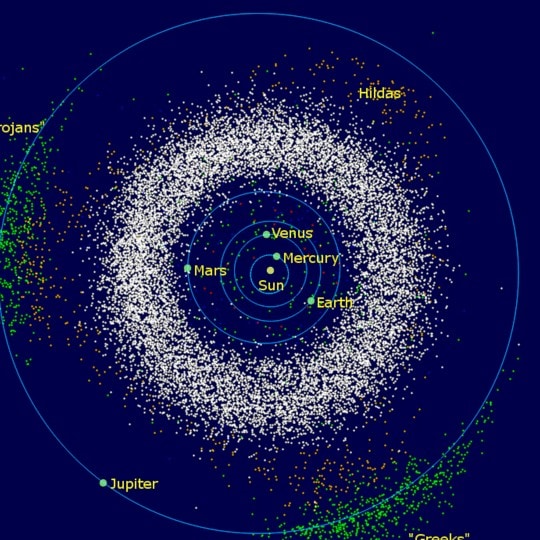
Is the number of planets in the solar system actually 9? That’s what we learned in school. However, according to the Sumerian bas-relief, there are 12 planets. It is possible to speculate about the existence of Phaeton in ancient times, as well as a tenth planet that shares the same orbit as Earth but is located behind the Sun. This hypothetical planet, called Nibiru, is said to enter the solar system once every 3600 years.

So, where does the outer boundary lie?
Naturally, the inquiry arises as to where the Solar System commences and concludes, given that astronomical findings have considerably expanded its boundaries. It is an established fact that the inner system commences with Mercury. The boundaries of the outer system are consistently expanding, as more and more dwarf planets, icy worlds, and barren wastelands are unearthed beyond Pluto. However, the discovery of these new worlds raises additional queries. For instance, the formation of ice on these worlds poses a puzzle, as it is essentially frozen water. And, where there was water, there could have been the potential for life.

The Origins of Humanity
According to Slavic legends, the history of humanity spans over 605,000 years and there was a time when people witnessed the presence of three suns in the sky. This phenomenon could have occurred due to the convergence of our solar system with two neighboring systems. It is plausible that during this convergence, there might have been a mixing and collision of planets, resulting in their displacement from their original orbits, similar to the hypothetical planet Nibiru. As a result, it can only be said that the solar system is the relative native system of Earth. Furthermore, the arrangement of planets in our solar system suggests that it is an artificially created system. The larger planets are positioned closer to the outer edges of the system rather than being in close proximity to the Sun. In fact, Jupiter serves as a protective shield by intercepting meteorites that are on a collision course towards Earth.
Therefore, in order to find carriers of the genes that formed the foundation of Earth’s civilization, we must search in the star systems that are nearby.

Jupiter has always been a source of intrigue for humans, with its enigmatic qualities and vast size. As the largest planet in our solar system, its atmosphere is predominantly composed of gases, creating an environment where colossal storms can surpass the scale of Earth. Furthermore, Jupiter provides valuable insights into the formation of other planets, making it a significant reference point for scientific study. Exploring the mysteries of Jupiter is an ongoing fascination for astronomers and researchers.

There is a general consensus among scientists that Mars had a history of flowing water. However, the specifics of this water flow and the conditions that allowed it remain uncertain. Recent findings from Italian researchers may shed some light on this. They have identified a sedimentary rock area located north of a large impact crater called the Basin[…]
SPACEPHOTOS.ru
Welcome to SPACEPHOTOS.ru, the ultimate destination for all things related to Space, Universe, and Astronomy. Explore the fascinating world of space and uncover the mysteries of the universe with us. Discover interesting facts about planets, asteroids, meteorites, stars, and delve into the enigmatic phenomena of space and earth anomalies, UFOs, and black holes. Stay up to date with the latest news in space exploration and scientific discoveries. We value your opinion and would love to hear from you. Please reach out to us through our “Contact Us” page and let us know what topics you would like us to cover more and any missing information you would like to see. Feel free to leave comments and share our content on your favorite social networks. Thank you for your support!
Headings
- Astrophotography
- Unlubricated
- Opinion of the Reader
- Unbelievable Facts
- Unidentified Flying Objects
- News from Space
- Exploring Outer Space
- Helpful
- Diverse
- The Solar System
- Mysteries of the Universe
- Movies about Space
Advertisements
Article:
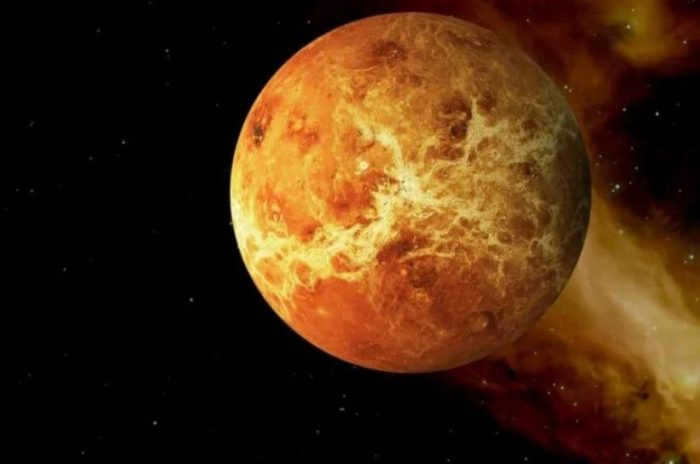
December 21, 2020 – Spaceman No comments
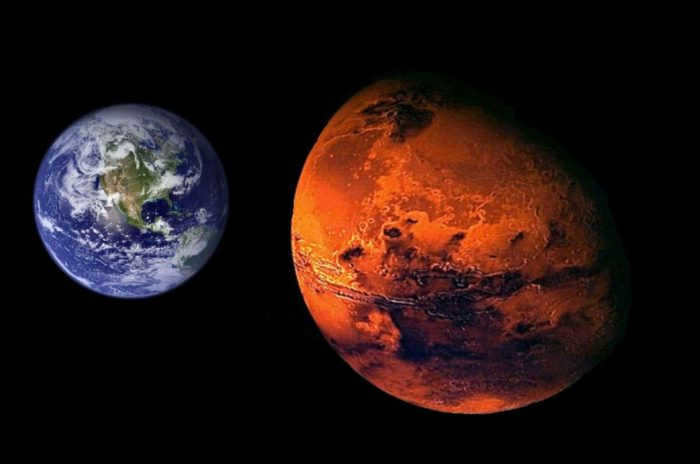

July 26, 2020 – Astronaut No comments
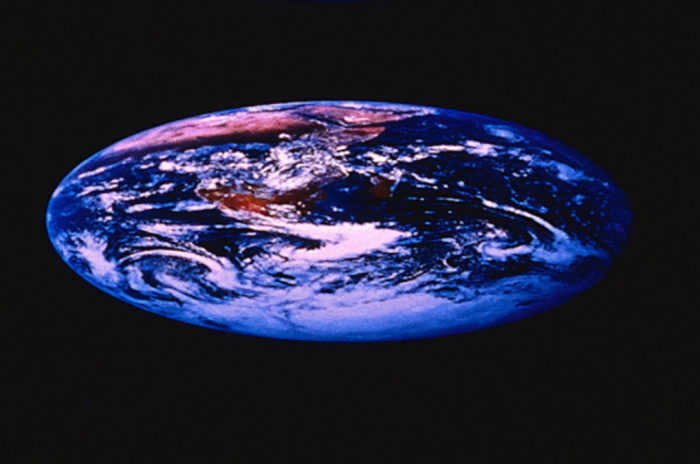
May 17, 2020 – Spaceman No comments
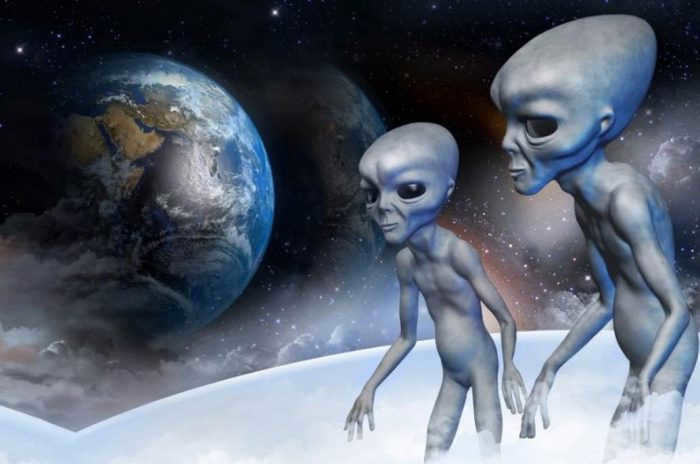
17th April 2020 – Spaceman No feedback
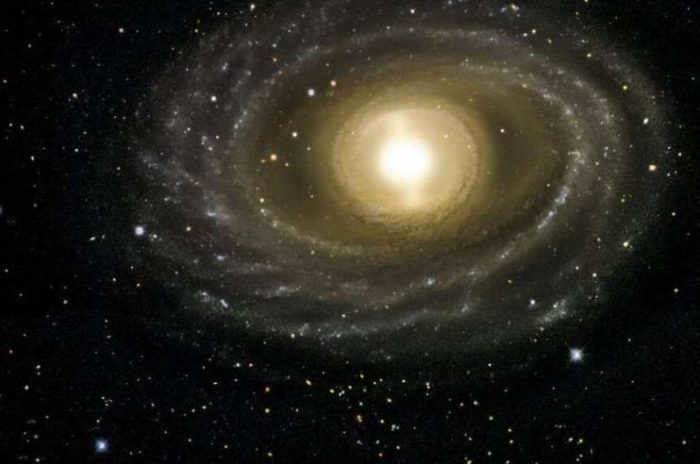
August 14, 2020 – Astronaut No comments
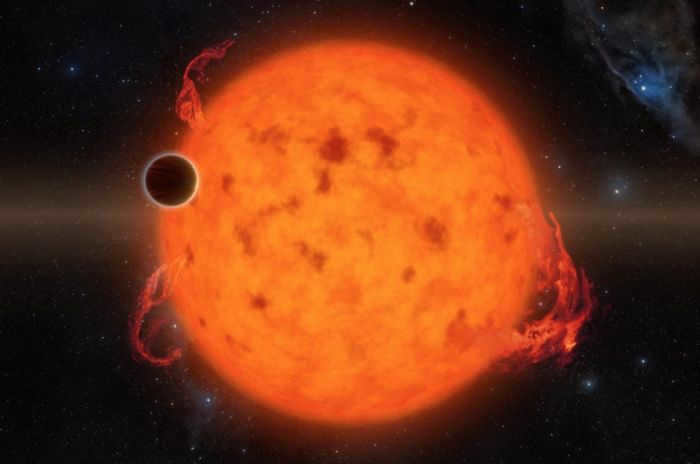
July 27, 2020 – Astronaut No comments
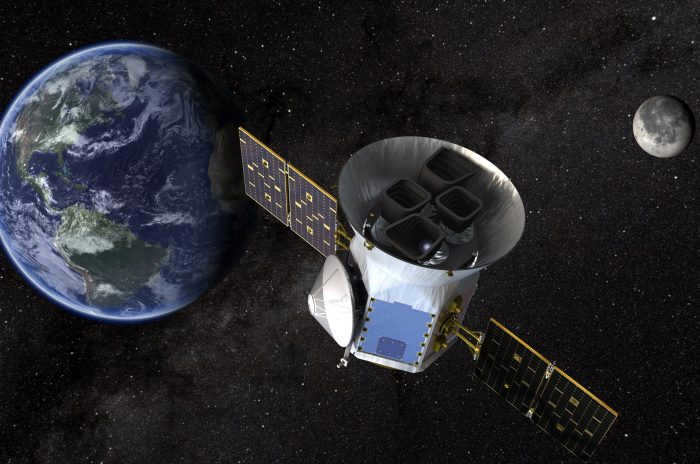
05.01.2020 – Spaceman No comments
Recent Feedback:
- Victoria on the post Criteria for selecting a physics tutor
- Egor on the article In pursuit of dark matter, radio will help
- Petya on the blog post Planet X beyond the Sun. Unknown Planet in the Solar System
- Svss on the article The birth of a new planet in the Taurus constellation
- Andrei on the blog post Civilizations from distant space. Contact
Just a couple of decades in the past, the concept of human space flight was merely a figment of the imagination. However, in today’s world, not only have we witnessed the successful launches of manned spaceships, but we have also seen the emergence of the first space tourists and the preparation of scientific expeditions to distant planets. It’s impossible to predict the future, but it’s entirely plausible that the person currently reading this textbook could potentially become a participant in a future mission to Mars. Nevertheless, even if this isn’t the case, the information contained within these pages is valuable to anyone. It allows us to connect not only with our local community, city, or country, but also with the vast expanse of the universe, which is home to countless galaxies, including our own solar system.
Our remarkable abode is the Solar System. The Solar System encompasses Planet Earth, which resides at the heart of the system alongside the radiant star known as the Sun. The Sun is an immense luminous sphere composed primarily of hydrogen gas. Within its core, thermonuclear reactions occur, resulting in the emission of vast quantities of heat and light. The interior of the Sun reaches a scorching temperature of 15 million degrees Celsius! Situated within an everlasting expanse of frigid darkness, our planet relies on the Sun to supply the energy it requires. Devoid of the Sun’s warming rays and illuminating glow, life on Earth would be non-existent.

Compared to the Sun, our planet is minuscule, like a speck of dust next to a gigantic orange. The Sun’s mass surpasses the combined mass of all the inhabitants of the solar system. Its diameter is 109 times greater than the diameter of Earth. The Sun’s gravitational force, also known as gravity, influences the motion of all celestial bodies in the solar system, causing them to orbit around it.
An orbit, derived from the Latin word “orbita” meaning a path or track, represents the trajectory followed by any natural or man-made celestial object. The solar system consists of eight planets, which can be classified into two categories: the terrestrial planets (Mercury, Venus, Earth, Mars) and the giant planets (Jupiter, Saturn, Uranus, Neptune).
All of the planets in the Earth group orbit near the Sun. They are relatively small in size, made up of compact rocks, and have a slow rotation on their own axis. These planets have a limited number of natural satellites, with Earth having one (the Moon), Mars having two, and both Mercury and Venus having none. Additionally, none of these planets possess any rings.
Mercury, being the closest planet to the Sun, is the first in the solar system. It completes its orbit around the Sun in the shortest amount of time. A year on Mercury, which is equivalent to one complete revolution around the Sun, totals 88 Earth days.
The Sun’s intense heat on this small planet causes surface temperatures to reach +430 ° C during the day. However, at night, temperatures plummet to -170 ° C. These extreme conditions make it impossible for any living organisms to exist. Mercury is home to deep craters that are so profound that sunlight never reaches their depths, resulting in constant frigid temperatures. In terms of volume, Mercury is much smaller than Earth, as it would take 20 planets like Mercury to equal the size of our globe.
Venus, the second planet from the Sun, shares a similar size to Earth. It is enveloped by a thick layer of carbon dioxide atmosphere, creating a dense gas barrier that allows sunlight to pass through while trapping heat, similar to a greenhouse film. As a result, the average temperature in Venus’ surface layer of atmosphere is around 470 °C.
Venus has an atmosphere that exerts a tremendous amount of pressure on its surface, nearly 100 times greater than the atmosphere on Earth.
Earth, being the third planet from the Sun, is unique in our Solar System as it possesses the necessary conditions for life to thrive. These conditions include an oxygen-rich atmosphere, a suitable temperature range for organic development, a protective ozone layer, and the presence of liquid water and carbon. Mars, the fourth planet in our planetary group, is significantly smaller than Earth, with a mass only 9.3 times less. Additionally, Mars has two moons.
The surface of Mars has a distinctive reddish hue due to its high iron oxide content in the soil. The landscape of Mars closely resembles pale orange sand dunes found in deserts, adorned with scattered rocks.
Powerful storms frequently pass over the planet. These storms create such a significant amount of rusty dust that it causes the sky to take on a red hue. During periods of calm, the sky on Mars becomes a pinkish color.
Mars, like Earth, experiences alternating seasons and the cycle of day and night. However, a Martian year is twice as long as an Earth year. Scientists refer to Mars as the Red Planet due to its distinctive appearance. Mars also possesses an atmosphere, although it is not as dense as the atmospheres found on Earth or Venus.
Enormous Planets
The enormous planets (Jupiter, Saturn, Uranus, Neptune) are positioned much further away from the Sun in comparison to the planets in the Earth group. The most distant of these planets is Neptune: while it completes one orbit around the Sun, 165 years will have passed on Earth. These planets are also referred to as gas giants, due to their composition being predominantly gas and their immense size. For instance, Neptune has a radius approximately four times that of Earth, Saturn has a radius nine times larger, and Jupiter has a radius eleven times bigger. The atmospheres of these colossal planets are primarily composed of hydrogen and helium.
One more unique characteristic of the planets in this category is the abundance of moons. Take Jupiter, for instance, where scientists have identified a total of 60 satellites. The immense gravitational pull of this giant is so strong that it acts like a massive vacuum cleaner, drawing in all sorts of space debris such as rock fragments, ice, and dust, which then form rings. These rings revolve around the planet and can be observed in all gas giants. When observed through a telescope, Saturn’s luminous ring is particularly prominent.
Small objects in our solar system
In addition to the planets and their moons, our solar system is also home to a multitude of small celestial bodies – asteroids (derived from the Greek word “aster” meaning “star-like”).
The majority of these asteroids revolve around the Sun, forming what is known as the asteroid belt, which lies between the orbits of Mars and Jupiter. Astronomers hypothesize that these asteroids are either remnants of a shattered planet or the building blocks that never coalesced into a full-fledged celestial body. The shape of asteroids is not well-defined; they are essentially chunks of rock, sometimes containing metal.
Meteoric objects, which are fragments of rock of various sizes, can also be found within the solar system. When they enter the Earth’s atmosphere, they experience intense heating due to friction with the air and ignite, leaving behind a luminous trail in the sky – these are known as meteors (derived from the Greek word for “floating in the air”). The remnants of meteoric objects that do not completely burn up in the atmosphere and instead make it to the Earth’s surface are referred to as meteorites. The mass of a meteorite can range from a few grams to several tons. One notable example is the Tunguska meteorite, which descended upon the Siberian region in the early 20th century.
The solar system also contains comets (derived from the Greek “cometes” – long-haired). They revolve around the Sun in highly elongated orbits. The closer a comet is to the Sun, the faster it moves. It has a core, which consists of frozen gases or space debris. When it approaches the Sun, the material in the core vaporizes, begins to glow, and then the “space traveler” becomes visible with a “head” and a “tail”. The most well-known of these is Halley’s Comet, which approaches the Earth every 76 years. In ancient times, its arrival caused superstitious fear among people. Today, scientists around the world are studying this fascinating astronomical phenomenon with great interest.
Using radio telescopes and special cameras equipped with light filters, astronomers gather new information about the Sun, planets in the solar system, asteroids, and other celestial bodies.

The closest planet to the Sun is Mercury, which is also the smallest planet in the solar system. With a diameter of 4,640 kilometers, it is approximately the same width as the Atlantic Ocean. Unlike Earth, Mercury completes its orbit around the Sun in just 88 days, rather than the usual 365 days. Due to its close proximity to the Sun, Mercury experiences extreme temperatures, with the side facing the Sun reaching a scorching 400 degrees above zero. On the opposite side of the planet, however, there is perpetual darkness and frigid temperatures of 270 degrees below zero.
Venus is situated about 108 million kilometers away from the Sun. It is approximately the same size as our planet Earth. Its diameter measures 12,160 kilometers, which is slightly smaller than Earth’s diameter by 500 kilometers. Venus completes its orbit around the Sun in 225 days. Interestingly enough, Venus has a peculiar rotation direction, as it rotates from east to west, which is opposite to most other planets.

Our planet, known as Earth, is positioned approximately 149.5 million kilometers away from its primary star, the Sun. As we are already aware, Earth completes one full orbit around the Sun in a period of 365 days, which is commonly referred to as an Earth year. Consequently, Earth holds the distinction of being the third celestial body in our solar system, situated at a favorable distance from the Sun.

Venus’s surface
Next up is Mars. With a diameter of 6,720 kilometers, it is slightly larger than half the size of Earth. It is located at a distance of approximately 228 million kilometers from the Sun, and it takes 687 Earth days for this planet to complete one revolution around the Sun.

There is a whole belt of small planets called asteroids located behind Mars. There are thousands of them in various sizes. Some measure as small as 1 kilometer across, while others can reach 700 kilometers or more. Scientists theorize that asteroids are the remnants of a large planet that once existed in this part of the solar system and disintegrated for unknown reasons.
Further away from the Sun, there are the giant planets. The largest planet in the solar system is Jupiter. It is not alone in space; it is accompanied by 12 satellites. Jupiter is situated at a distance of 780 million kilometers from the Sun and completes a full orbit around the Sun in 12 Earth years, equivalent to 4300 Earth days. Jupiter is the largest of all the planets, with a diameter of 141,920 kilometers, which is almost 11 times the diameter of the Earth.

The Sun is orbited by the colossal planet Saturn, which has a diameter that is nearly 9 times larger than Earth, measuring at 120,160 kilometers. This massive planet takes 29.5 Earth years to complete its journey around the Sun and is situated at a distance of 1.5 billion kilometers from our star.

Uranus, Neptune, and Pluto, which are located at a considerable distance from the Sun, are known as the coldest planets in the Solar System. The vast distance from the Sun prevents its rays from reaching these planets, making them invisible to the naked eye.

As such, astronomers have identified a total of 9 massive planets and a multitude of smaller celestial objects like asteroids within our solar system. However, there is more to the Solar System than just these planets and asteroids. It also encompasses a vast array of other celestial bodies, including meteorites and comets, which can be found throughout space surrounding the Sun.
This particular text serves as an introductory excerpt.
What percentage of global deaths are caused by war?
What percentage of global deaths are casualties of war? War casualties currently make up less than one percent of all deaths worldwide. War as a cause of death is significantly higher than fatalities from car accidents, suicides, and
How to inspect the ignition system: Start by disconnecting the battery. Next, carefully examine the high voltage wires, distributor cap, and ignition coil. Use a rag dipped in gasoline to clean off any dust, dirt, or oil that may have accumulated. Once clean, be sure to wipe them dry. It’s important to note that over time, oil can build up on these components, potentially affecting their performance.
Who was the first person to discover the solar system?
So, who was the first person to discover the solar system? The solar system encompasses the Sun and all the celestial bodies that orbit around it due to its gravitational pull. Nicolaus Copernicus, a Polish astronomer, is credited with creating the heliocentric model of the world and is considered the first to propose that the Sun, rather than the Earth, is at the center of the solar system.
Which planets in our solar system possess rings and what is the composition of these rings?
Which planets in our solar system possess rings and what is the composition of these rings? It is currently understood that all four gas giants – Jupiter, Saturn, Uranus, and Neptune – are adorned with rings. Saturn, in particular, boasts the most striking and captivating rings. These structures are comprised of numerous
What percentage of the Earth’s hydrosphere is composed of terrestrial surface water?
Terrestrial surface water, including lakes, reservoirs, rivers, marshes, and soil water, accounts for approximately 0.4 percent of the Earth’s hydrosphere. Collectively, these sources would occupy a volume equivalent to 0.4 percent of the Earth’s hydrosphere.
What percentage of Earth’s freshwater resource is composed of rivers?
What percentage of Earth’s freshwater resource is composed of rivers? Rivers make up a minuscule proportion of the total freshwater on our planet. Approximately 3/4 of Earth’s freshwater is frozen in the form of ice, while nearly all of the remaining freshwater is found in surface water on land.
What portion of the Earth’s hydrosphere is considered groundwater? Groundwater refers to water that is located in the rock layers of the Earth’s crust, existing in liquid, solid, and vapor states (excluding soil water). When considering the overall volume of water on Earth, groundwater plays a significant role in the hydrosphere.
2 EXPLORE THE SOLAR SYSTEM
2 EXPLORE THE SOLAR SYSTEM Nowadays, astronomers have the ability to accomplish remarkable feats. For instance, if someone were to strike a match on the Moon, astronomers would be able to observe the resulting flash. They can even determine the sizes of distant stars based on the tiniest of ripples.
The majority has consisted of fools since the time of Adam
According to the essay “Letters” (Letter 112) by the French poet and playwright Casimir Jean François Delavigne (1793-
4.2 Steps to transition to a simplified taxation system
4.2 Steps to transition to the simplified taxation system The process of switching to the simplified taxation system is declarative. This means that in order to switch to the simplified taxation system, it is necessary to submit an Application for Switching to the simplified system to the tax authorities.
4.15. Ways to revert back to the overall tax system The cessation of the simplified tax system can occur either willingly or involuntarily.

There are three regions in the solar system where asteroids are found. The majority of asteroids can be found in a large ring located between the orbits of Mars and Jupiter. This ring, known as the main asteroid belt, consists of over 200 asteroids that are more than 60 miles (100 kilometers) in diameter.
So, how many belts are there in our solar system?
Since their discovery, the number of known KBOs has increased to the thousands, and it is believed that there are over 100,000 KBOs that are larger than 100 km (62 mi) in diameter. Initially, it was thought that the Kuiper Belt was the primary location for periodic comets that have been in orbit for less than 200 years.
Secondly, what is the total number of asteroids in our solar system? According to the data, there are approximately 4700 known asteroids. However, if we consider only those asteroids that are larger than 100 meters and are in orbit within the inner solar system, the number exceeds 150 million. If we include the smaller ones, the count becomes even higher.
Furthermore, where can we find the asteroid belts in our solar system?
The asteroid belt is a region in the solar system that takes the shape of a torus. It is situated approximately between the orbits of Jupiter and Mars. This region is populated by numerous solid bodies of irregular shapes, which are much smaller than planets. These objects are known as asteroids or minor planets.
How extensive are the asteroid belts in our solar system?
The primary asteroid belt is home to the majority of known asteroids, which orbit between Mars and Jupiter. These asteroids typically have orbits that are not highly elongated. It is estimated that the belt contains between 1.1 and 1.9 million asteroids with a diameter larger than 1 kilometer (0.6 miles), as well as millions of smaller asteroids.
Suggested:

The region in our solar system where most of the asteroids are located is known as the asteroid belt. It is a torus-shaped area situated between the orbits of Jupiter and Mars. The asteroid belt is home to a vast collection of irregularly shaped solid objects, known as asteroids, which are smaller than planets but come in a variety of sizes.
What is the primary location of the majority of asteroids in our solar system?

The asteroid belt, which is situated between the orbits of Mars and Jupiter, is home to the majority of known asteroids in our solar system. It is important to note, however, that not all asteroids are confined to this region. There are also two groups of asteroids known as Trojan asteroids that share Jupiter’s 12-year orbit around the Sun.
Which celestial objects exist in our solar system?

Finally, the solar system we inhabit is comprised of a central celestial body known as the Sun, as well as various other entities that are held in its gravitational pull. These entities include the planets Mercury, Venus, Earth, Mars, Jupiter, Saturn, Uranus, and Neptune, as well as dwarf planets such as Pluto. Additionally, the solar system is home to numerous moons, millions of asteroids, comets, and meteoroids.

What are the three biggest entities in our solar system?


